Contact NFC
North Florida College’s Hyflex modality allows for a flexible participation structure whereby students may choose to attend face-to-face synchronous class sessions in person (physically attending class) or online without physically attending class. Student attendance either face-to-face or virtually is required on certain days at specific times.
NFC Hyflex Classrooms and Studios:
Scheduled and maintained by the Office of Academic Affairs – (850) 973-1678
- Building 6, Room 101
- Building 6, Room 202
- Building 6, Room 203
- Building 7, Room 712
- Building 8, Room 001
- Building 8, Room 006
- Building 8, Room 007
NFC Computer Services and Support:
Tammy Horne
Coordinator of Technology and Support Services
850.973.9464
hornet@nfc.edu
NFC Administration Contacts:
Office of Academic Affairs
- Jennifer Page, Vice President of Academic and Student Affairs – (850) 973-1603; pagej@nfc.edu
- Kristin Summers, Associate Dean of Academic Affairs – (850) 973-1630; summersk@nfc.edu
- Elise Albritton, Coordinator of Academic and Student Affairs – (850) 973-9402; albrittone@nfc.edu
Office of Dual Enrollment
- Windy Gamble, Director of Dual Enrollment – (850) 973-9490; gamblew@nfc.edu
- Mary Frances Mauldin, Dual Enrollment Coordinator – (850) 973-1628; mauldinm@nfc.edu
Instructor Guidelines
Getting Started:
- Before the first-class session, the instructor must become familiar with the hyflex technology. Instructors must schedule a time to meet with IT support personnel in the hyflex classroom for training purposes.
- Instructors must request to have a Zoom license from the Associate Dean of Academic Affairs prior to the start of the semester.
- Instructors must develop a backup plan in case the technology fails. Students at remote sites must be informed of the instructor’s expectations for use of class time if a connection fails. The backup plan must be clearly stated in the course syllabus.
- Instructors should arrive at the host site five to ten minutes early to open the session and ensure that technology is working properly. This will also allow students the opportunity to engage with the instructor before class begins.
Course Materials:
- Instructors must utilize NFC’s learning management system, D2L, to organize and deliver content in the form of handouts, PowerPoints, and other course documents. These documents must be uploaded far enough in advance of use so that students have time to access (and print if necessary) before attending the class session. Instructors are to use D2L for hyflex courses similarly to the way D2L is used for online classes: content, grades, checklists, news items, etc.)
- Course documents not uploaded to D2L must be made available to the students at least one business day in advance to allow time for facilitators to make necessary copies.
Instructor Absences:
- In the event of both a planned and unplanned instructor absence, the instructor is required to contact his/her NFC department chair and their students – remotely and on site. An email and newsfeed post on D2L is sufficient for communication.
- An announcement of absence with instructions for assignments and/or class meeting expectations must be posted on the D2L News feed. Additionally, an email with the same information posted in D2L must be sent to all students in the affected class.
General Tips for Success:
- Instructors should make every effort to engage with the remote audience: welcome them; look at them; speak directly to them; prompt and include them in class discussions.
- Instructors must establish protocols for participation, explain protocols during the first-class meeting, and list protocols in course syllabi. Instructors should consider how remote students will signal their desire to ask questions or participate in the discussion when/if raising hands is not an option.
- There is often a slight delay between the audio and the video. In such cases, instructors must be sure to pause to give remote students the opportunity to answer a question and/or participate in a discussion.
- Students should be encouraged to identify themselves when asking questions. Repeating a question before answering is an important strategy for involving students at both the host and remote site.
- Instructors should recommend students to turn on their video camera, but cannot require students to do so unless their syllabus indicates this as a mandatory class requirement.
Hyflex Procedures:
- The instructor should arrive a few minutes early to open the session and ensure that technology is working properly. This will also allow students the opportunity to engage with the instructor before class begins.
- It is preferred that students participate in discussions and be present through video throughout the session.
- Muting of the technology is at the discretion of the NFC instructor. For active engagement in the classroom, the NFC instructor should not have to wait for the student to unmute the technology each time a student wants to participate in classroom discussion; however, if there is any extraneous noise that is not pertinent to the class, the student should mute his/her end of the technology if/when at all possible.
- Students should sit as close to the camera as possible to ensure the instructor optimum student visibility.

